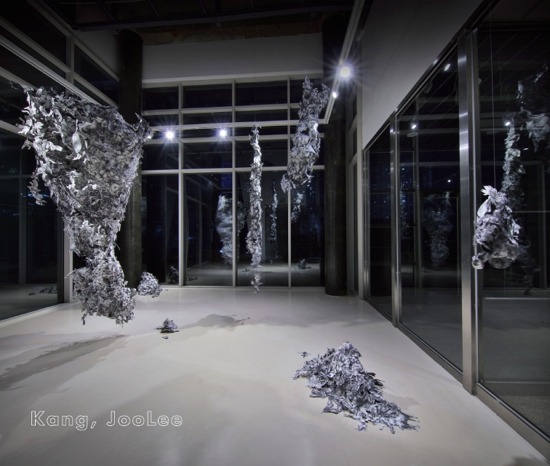
| Period| | 2020.01.10 - 2020.03.22 |
|---|---|
| Operating hours| | 9:00-22:00 |
| Space| | Bongsan Cultural Center |
| Address| | 77, Bongsanmunhwa-gil, Jung-gu, Daegu, Republic of Korea |
| Closed| | Monday, Lunar New Year, Chuseok |
| Price| | Free |
| Phone| | 053-661-3500 |
| Web site| | 홈페이지 바로가기 |
| Artist| |
|
정보수정요청



|
|
Exhibition Information
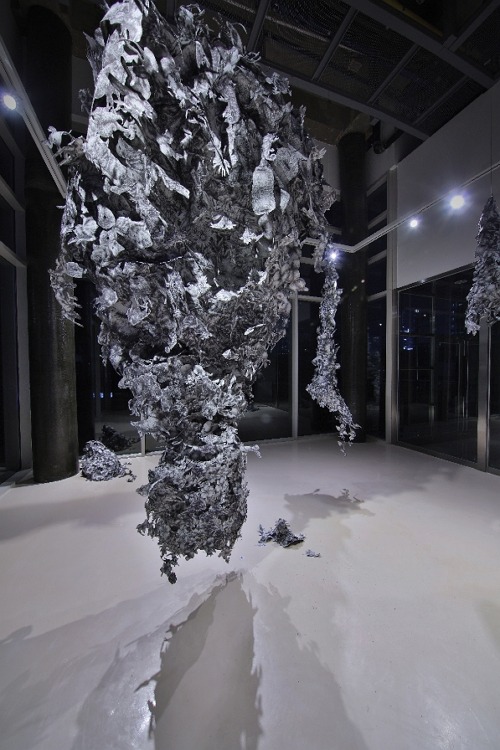
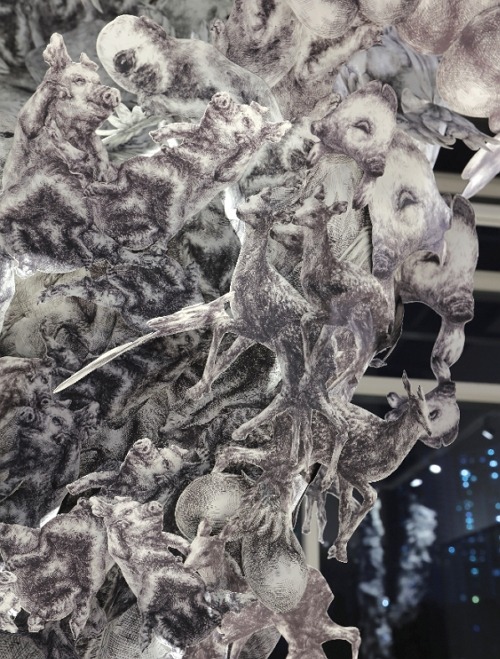
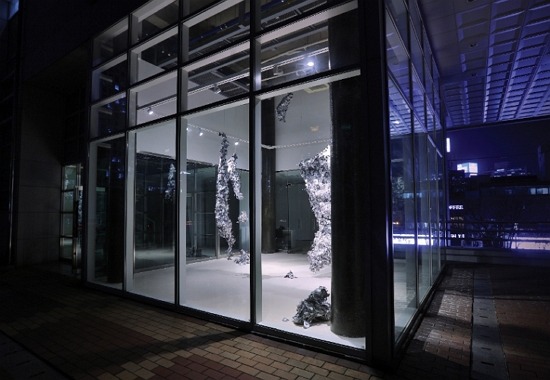
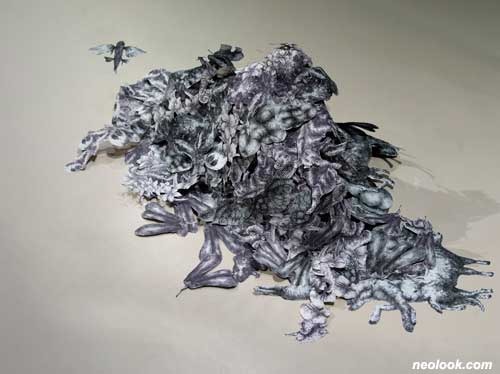
<Introduction of Exhibition> Bongsan Culture Center’s 「Glass Box-Artstar 2020」 exhibition contest selection book focuses on the unfamiliar attitude of contemporary art. 'Hello! 1974' which is also the theme of this year's exhibition means supporting the artist's attitude or roles that take note of the city and public nature, as well as the memory and empathy of the experimental spirit and passion of artists of our time. The four-sided glass-walled view and the art space 「Glass box」, well known for its location characteristics in the city center, contribute to expanding citizens’ art enjoyment opportunities and makes it a special creative support space for enthusiastic and creative artists. In order to play a role to enhance the self-esteem of citizens and artists as a public arts support center, we will continue to introduce the exhibition of the works of novel and competent artists selected by the National Publication. The first exhibition of this year’s glass box exhibition, 「Glass Box-Artstar 2020」 Ver.1 Exhibition, is the installation work of Kang Joo-Ri (1982), who majored in painting, 'To Survive.' This exhibition is a sign of the ecological changes in the real world that we live in, collecting and aggregating patterns, and it's a design of the strange and bizarre ways in which the variations and evolution of the ecosystem are captured and overlapped in the way of pen drawing and multiplied into bizarre cubes. The author asks interesting questions about how the tangible interpretation of "living" he has set up relates to the constant state of change in the world, and how these situations meet our sensibility and join the realm of contemporary art. Kang Ju-Ri created a possible ecosystem in space or caves inside the 5.25-meter-high exhibition space with four sides closed with glass walls. This ecosystem of eight large and small cubes, reminiscent of the stalactites, or electron microscopic dust, or tiny meteorites that float in space, is cowering for new changes, with numerous variations and evolution objects and situations interrelating. This is a visual description of the time and the situation in the process of collecting, proliferating, and dismantling and assembling natural ecological changes and traces that the author has been paying attention to. This is the reality of 70 natural variations and evolution that the writer has built over a long period of time by collecting and building short, thin lines of pen drawing. One-eyed monkey, six-legged puppy and sheep, eight-legged cow, five-legged sheep and frogs, two-headed or tailed tortoise, two-headed dog and snake, a cat, a lizard, a four-legged duck, a three-nosed cow, a three-toed cow, a pig with an eye for two-headed pig, a long-toothed kitten, and a kitten with two-eared pony, an ear, a winged, and an earful of a frog, and a long-eeped-tailed fox, a frog, and a fowl, and an ear-eyed, and a long-eyed, and an earSilver fruits and twisted vegetables, and so on, are signs of natural ecological change that we have found in our lives and in our reality with a different and different perspective. The author copied, cut, and pasted hundreds of thousands of these hand-to-hand pen drawers and spread them out in a collective space. What is this? A huge, bizarre, and persistent wriggle that has never been seen, made up of unusual minorities and subdivisions. Yes, the variation and evolution of life for ‘living’, which has been invisible, unseen or unseen, is designed to be a ‘living’ condition that is difficult to see, such as stalactites, dust and meteorites. The author’s design behavior is read as a condensed art form dreaming of creating ‘living’ and taking time to collect and capture the world. On the other hand, the signs of change in the glass box are symbols of a state of being able to change at any time depending on the circumstances around us to live, of being independent of our will, and of being an artist, what the artist focuses on as part of nature, including humans, is the world’s "change." For the writer, the interest in the state of change is not to reveal the human-centered self-interest, but to show the awe of the nature’s "real" that was foreseen in order to contemplate and reflect on our real lives. This glass case, which attempts to transform the reality of any change into an invisible inner perception, seems like the author's own question of looking carefully at changing nature and extracting the validity of art from it. In fact, this question is about natural design that guarantees change and balance. This natural design and encounter is the visual interpretation of the author, "Living Age," and it will be shared with the understanding that everything changes in nature, shape, and state, and that nothing changes, and that the invisible entity operates in a cycle of constant change and balance. <The Artist’s Note> Variation and evolution, multiply, gather, survive. I pay attention to changes in the ecological environment, changes in life and evolution that are inevitably created to survive each other. We want to interpret the complex interactions between humans and nature from various perspectives and demand understanding and consideration of our potential and dignity through drawing and mixing installation. If we take time beyond the attraction of the first snow, we hope to be able to face the story and the appearance of various ecosystems in modern society, including genetically modified ecosystems, endangered animals and plants, mutations, abandoned dogs/myths, and roadkill sites. The natural history museum or the ecosystem in science magazines, news and the Internet, which forms the basis of the work, shows the "relationship" between humans and nature of the time. Through that relationship, let's look at what we are now. I don't want to force a lesson or reflection through work. Rather, I would like to give a variety of interpretations of the relationship today. Drawing neither, installation began my work with paper and pens. A collection of short lines drawn with a pen, a material readily accessible in daily life; drawing. Installation work that draws small drawings and scans dozens of them and manipulates them, prints them repeatedly, ducks and pastures into space. I think labor-intensive work is a natural process for "creation" rather than an embarrassing process. It is a symbolic form of "life" in which atypicals become stereotyped, where objects converge and become one. Rather than the meaning of the work as a finished body, the energy of the process and the potential to continue to multiply after completion is important. We hope it will be an exhibition where visitors can share the process and energy.
